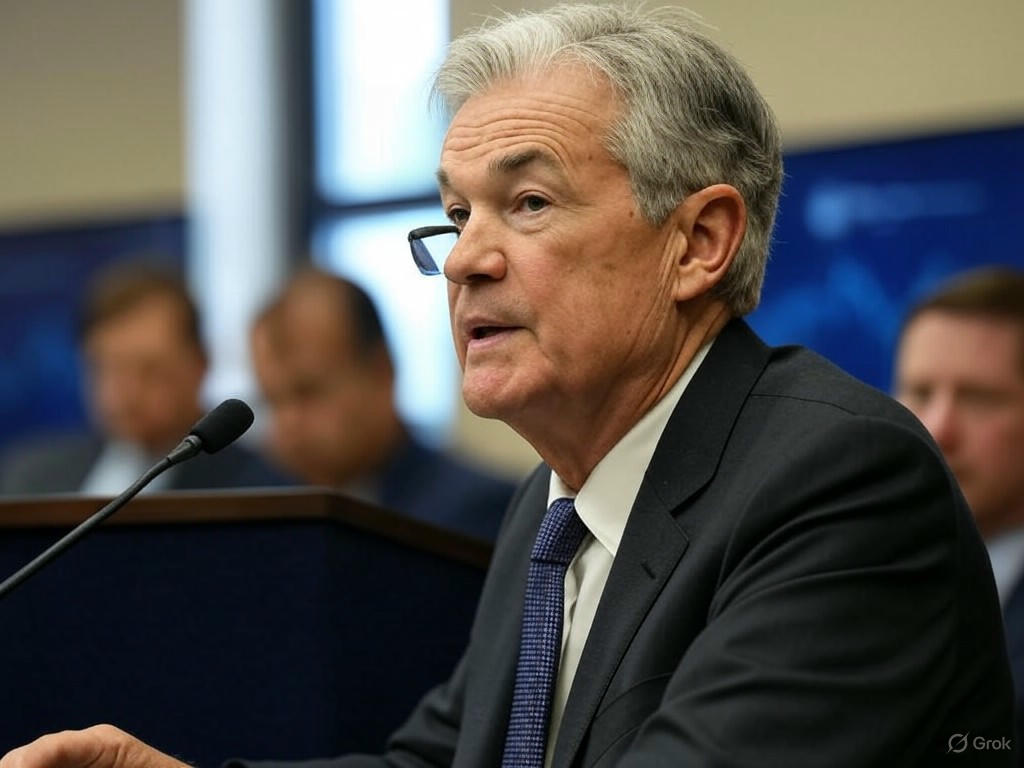In a widely anticipated decision, the Federal Reserve has opted to keep interest rates unchanged, signaling a cautious approach to monetary policy despite mounting pressures from political quarters and shifting economic indicators. This move comes as the central bank grapples with projections of rising inflation, a challenge that could reshape the financial landscape for businesses and consumers alike in the coming months.
The Fed’s latest stance, announced on June 19, 2025, reflects a deliberate effort to balance economic stability with the risk of overheating. Inflation, a persistent concern for policymakers, is expected to climb higher than previously anticipated, driven by supply chain disruptions, labor shortages, and robust consumer demand. While some analysts had speculated that the central bank might lower rates to stimulate growth, the decision to hold steady suggests a preference for monitoring inflationary trends before making any drastic moves. This cautious strategy underscores the Fed’s commitment to its dual mandate of fostering maximum employment and maintaining price stability, even as external voices call for more aggressive action.
Notably, the Fed’s decision comes against the backdrop of vocal criticism from political leaders, including President Trump, who has repeatedly urged the central bank to slash interest rates to boost economic activity. Such interventions have historically been met with resistance from the Fed, which prides itself on independence from political influence. By maintaining current rates, the central bank is sending a clear message: monetary policy will be guided by data and long-term economic health, not short-term political agendas. This stance, while potentially frustrating for some stakeholders, reinforces the Fed’s role as a steady hand in turbulent times, particularly as businesses navigate uncertainty around costs and investment decisions.
For the business sector, the implications of this decision are multifaceted. Stable interest rates provide a predictable environment for borrowing and planning, offering some relief to companies wary of sudden policy shifts. However, the specter of rising inflation could squeeze profit margins, especially for industries reliant on raw materials or global supply chains. Small and medium-sized enterprises, in particular, may feel the pinch as operating costs creep upward without the cushion of lower borrowing rates. On the flip side, sectors like technology and finance, which often thrive in stable rate environments, might find opportunities to capitalize on the current climate by focusing on innovation and efficiency.
As the year progresses, all eyes will remain on the Federal Reserve for clues about its next moves. Will inflation pressures force a rate hike sooner than expected, or will the central bank continue to hold the line? For now, the message is one of vigilance and restraint—a reminder that in the complex dance of economic policy, patience often proves to be the most powerful step. Businesses, investors, and consumers alike must brace for a period of uncertainty, adapting to a landscape where inflation, not interest rates, may emerge as the defining challenge of 2025.
